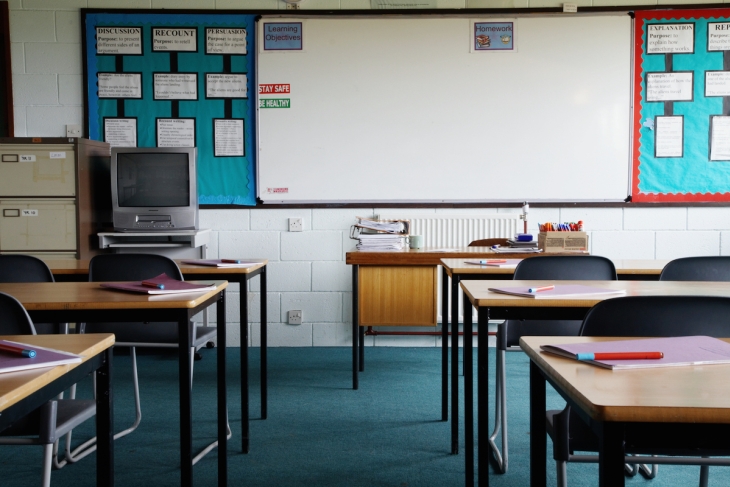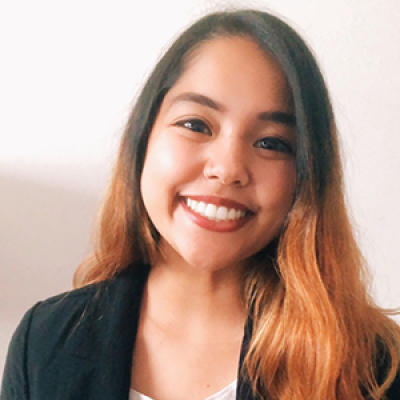Forty-five percent of U.S. public schools report feeling understaffed, 70 percent report that too few candidates are applying to teaching vacancies, and 86 percent report challenges hiring teachers in the 2023–24 school year. In recent years, several states have attempted to address these problems by issuing emergency teaching licenses, expanding alternative certification programs, and pursuing other strategic staffing solutions. A new working paper by Mary E. Laski, a Harvard researcher, analyzes one such solution—a pilot program in which principals hand-select experienced staff members to fill classroom vacancies.
The study focuses on a three-year alternative performance-based licensure (PBL) pilot program implemented in eight Mississippi school districts beginning in 2019. The program allowed principals to use their professional judgment to identify experienced staff members—such as teaching assistants, instructional aides, or para-educators—to fill vacant teaching positions in their schools. Though staff members were still required to meet the bachelor’s degree requirement to be promoted, they were not required to pass the state licensing exam before taking on the lead teaching role. In order to participate in the PBL pilot, principals were required both to randomly assign students to different classrooms within each grade level, and to identify a comparison teacher at the school for each PBL candidate they promoted. Across the participating districts, 126 educators were promoted to regular teaching positions during the three-year period. These teachers were almost all Black, with a median of seven years of experience at their schools.
The researchers used detailed administrative data provided by the Mississippi Department of Education on both teacher and student performance, including demographic information, teacher observation scores and retention rates, student course schedules, assessment scores, and attendance records. A regression analysis was conducted to compare the observation scores and retention rates of PBL teachers to those of the principal-selected comparison teachers, as well as those of an additional group of teachers working on emergency or provisional licenses in similar schools (i.e., those who would otherwise have filled the vacancies, in the absence of the PBL pilot program). The analysis also compared the effects of PBL teachers on student outcomes with both groups of comparison teachers. All models controlled for previous-year test scores, previous-year absences, and student demographics.
The study found few statistically significant differences between PBL and non-PBL groups across different measures, indicating that PBL teachers performed, on average, at the same level as principal-selected comparison teachers and teachers working on emergency licenses in comparable schools. When differences were statistically significant, they favored PBL teachers. One such difference was that students of PBL teachers were absent about 12 percent less often than students of principal-selected comparison teachers. In addition, PBL teachers’ students performed about 0.2 standard deviations higher than comparable peers on annual state math assessments, and about the same as comparable peers on ELA assessments. PBL teachers also scored about 0.1 points higher than teachers with emergency licenses in comparable schools across most teacher observation standards, and were more likely to continue teaching in subsequent years than comparison teachers.
Naturally, there are some caveats. For example, the author acknowledges that some of the confidence intervals found in the analysis are large, making it difficult to rule out the possibility that PBL teachers may be less slightly effective than comparison teachers; however, the magnitude of any such difference in effectiveness would be small. In addition, though initial classroom assignments were random, principals had the ability to alter student assignments after randomization, if necessary, which suggests a possibility that the analysis may not have included truly random groups of students for comparison across PBL and non-PBL classrooms.
Nonetheless, the study’s findings suggest, overall, that PBL programs present a promising approach to filling teaching vacancies without compromising the quality of the education that students receive. The study also suggests that PBL teachers may be, on average, more diverse than comparable groups of teachers, suggesting that PBL programs may have some benefits related to diversification of the teacher workforce.
Additionally, the results have important implications related to the licensure process for individuals already working within the school system in different capacities. If PBL teachers—who did not pass licensing exams—perform at the same level as comparable teachers who did pass licensing exams, the professional judgment of school leaders may be an acceptable replacement for licensing exams that may otherwise present a barrier in promoting experienced education professionals to teaching vacancies that schools are struggling to fill with traditionally licensed candidates.
SOURCE: Mary E. Laski, Teachers in our Midst: Using Experienced School Staff to Solve Teacher Shortages, Annenberg Institute at Brown University (May 2024).




